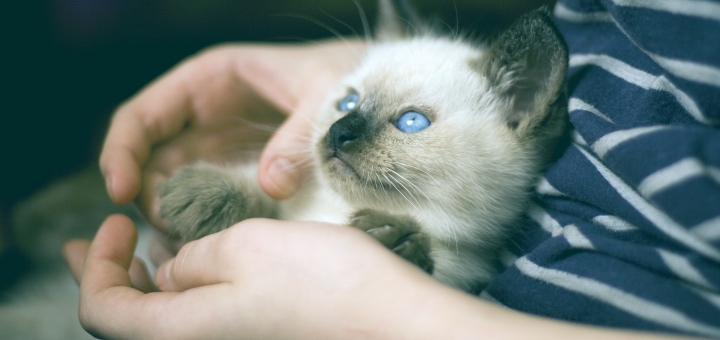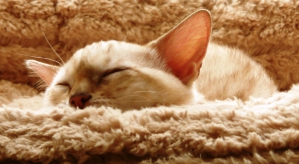Congratulations! With approximately 220 million cats kept as pets worldwide you have chosen one of the most popular species to be your best friend.
Cats are territorial creatures and any sudden change in environment can make them feel uneasy. Here are some tips to make his or her transition into your home as stress free as possible.
1. You will need to cat proof your home. Cats have an uncanny way of getting themselves stuck in the teeniest tiniest of spots and even eating things that could make them sick. Get yourself down on ground level, take a look under things, if you discover a hole or small space no doubt your kitten will also find it. Now get yourself up high, cats love nothing more than climbing up on top of bench tops, cupboards and fridges. Make sure you do not have any medications hanging around, cockroach baits, lids from pens, paperclips and other small items that your cat or kitten could swallow. Many plants such as Lilly’s are toxic to cats, it is best to remove all pot plants if you are unsure of their toxicity.
2. Pick a room in the house that has limited foot traffic and is quite. You are trying to create a safe haven for puss to bunker down. Cats like small hidey spots that they can curl up and get away if things are feeling a little ‘hairy’. The laundry or spare bedroom work well. Don’t forget to set the room up so that puss has everything to make it comfortable; litter box, water, food and a comfy bed (most cats love the igloo type that allows them to hide inside).
3. Since cats are such secretive critters they can get ‘stage fright’ with an audience when going to the potty. Make sure the litter box is placed in a discrete location so that puss does not develop an aversion to going in the right spot. Use the same or similar litter your cat is already familiar to; if you want to change do so by mixing in the new litter gradually over a few weeks. You only need approx 4-5cm to cover the base of the box. Don’t forget the pooper scooper!
4. Food and water bowls must be located away from the litter box. Seriously, no one not even a cat likes to eat next to the toilet! Stainless steel is ideal; easy to clean, dishwasher-safe, unbreakable and being non-porous does not harbor bacteria that can make your cat sick.
5. Cats LOVE scratching things! They do it for various reasons; claw health, territory marking, exercise and for relaxation. A purpose built carpeted cat tree gives your puss a designated spot to scratch (and not your expensive lounge). If placed next to a window has the added benefit of a viewing platform.
6. You will also need to stock up on other items such as:
– Raw Chicken Wings/Necks
– Collar & Bell
– ID Tag
– Toys (eg: Feather Wands, Catnip Filled Toys, Interactive Toys and Tunnels)
– Brush or Comb
– Nail Clipper
7. Within a week of being adopted take your cat or kitten to the vet for a ‘wellness exam’ where they will receive a thorough examination and the veterinarian will discuss a medical plan such as; vaccinations, worming, tick & flea prevention, diet, benefits of indoor lifestyle and behaviour.
Follow these tips and you will be well on your way to enjoying the love and cuddles of a well-adjusted feline family member. It may take your cat a week or two to adjust. Please be patient.
“This sponsored post was brought to you by Frontline.
If conditions persist, please seek advice from your local vet”.
Pressplay Pets a blog for the modern age pet parent interested in health & care, news, reviews & personal accounts of unconditional love & at times heartfelt pain of pet parenting!
Follow Us!





